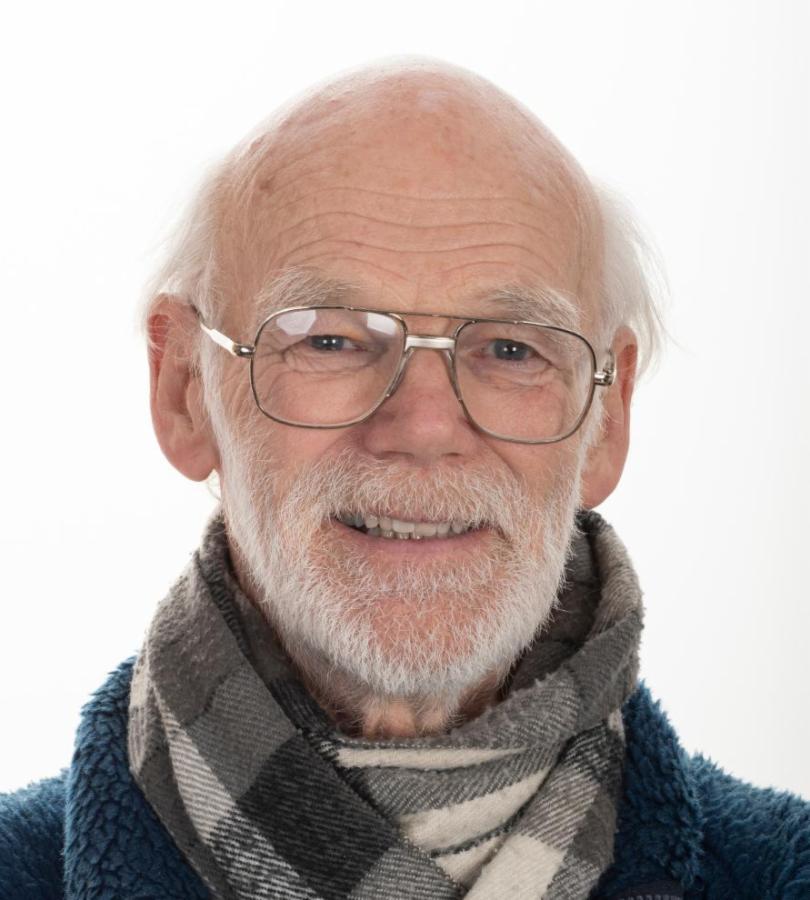Qualifications
- B.Sc. Hons. Applied Biology, University of Salford 1969.
- D.Phil. Soil Microbiology and Biochemistry, University of Oxford 1972
Although officially retired from active teaching I continue to deliver the occasional lecture but actively research my main interest of soil nitrogen – its nature, origin and mobilization.
It still strikes me as extraordinary that although most plants respond markedly to small additions of nitrogenous fertilizer, the soils on which these plants are growing contain in the form of dead organic matter many years supply of nitrogen. Various theories abound to explain this general observation although the precise nature of lignin, glomalin, humic substances etc. are unknown. Until an enzyme sequence has been reported, the mechanism by which nitrogen contained in soil organic matter becomes mobilised to mineral nitrogen will remain elusive.
There are tremendous implications to this research such as declining soil fertility and its relationships to population growth and environmental degradation, whether caused by climate change or uncontrolled human manipulation.
Away from researches I continue to study the development and spread of monumental brass rubbings from the Hanseatic League to Southern Europe and United Kingdom. The examples below date from 1364 and are rather beautiful, and can be found in Lubeck, Germany and Kings Lynn, U.K.
Some selected papers that I have found especially satisfying for a variety of reasons ranging from scientific to personal.
- Kraberger, S., Arguello, A., Astoragce, G.R., Greenfield, L.G., Law, D., Martin, D.P.,Versani, A., 2015. Characterisation of a diverse range of circular replication –associated protein encoding DNA viruses recovered from a sewage treatment oxidation pond. Infection, Genetics and Evolution 31: 73-86
- Greenfield, L.G., Gregorich, E.G., van Kessell,C., Baldock, J.A., Beare, M.H., Billings, S.A., Clinton, P., Condron, S., Hill, S., Hopkins, D.W. and Janzen, H.H. 2013. Carbon changes during acid hydrolysis of soil organic matter undermines its use to define a resistant pool. Soil Biology and Biochemistry 64: 122-126.
- Feng, X., Simpson, A.J., Gregorich, E.G., Elberling, B., Hopkins, D.W., Sparrow, A.D., Novis, P.M., Greenfield, L.G. and Simpson, M.J. 2010. Chemical characterization of microbial-dominated soil organic matter in the Garwood Valley, Antarctica. Geochimica et Cosmochimica Acta 74: 6485-6498.
- Greenfield, L.G. 2007. Comments on “Need for a soil-based approach in managing nitrogen fertilizers for profitable corn production” and “Soil organic nitrogen enrichment following soybean in an Iowa corn-soybean rotation”. Soil Science Journal of America 71: 254-256.
- Orwin, K.H., Wardle, D.A. and Greenfield, L.G. 2006. Ecological consequences of carbon substrate identity and diversity in a laboratory study. Ecology 87(3): 580-593.
- Hopkins, D.W., Sparrow, A.D., Novis, P.M., Gregorich, E.G., Elberling, B. and Greenfield, L.G. 2006. Controls on the distribution of productivity and organic resources in Antarctic dry valley soils. Proceedings of the Royal Society B: Biological Sciences 273(1602): 2687-2695.
- Greenfield, L. 2008 Glomalin is a Chemical and Biological Blind alley. Houston TX, USA: 2008. Joint Annual Meeting (GSA, SSSA, ASA, CSSA, GCAGS and GCSSEPM), 5-9 October 2008.
- Greenfield L.G. The origin and nature of organic nitrogen in soil as assessed by acidic and alkaline hydrolysis.2001. European Journal of Soil Science 52 575-583.

